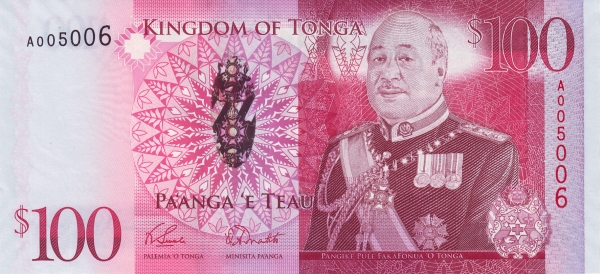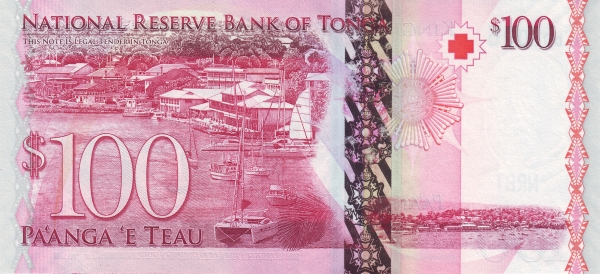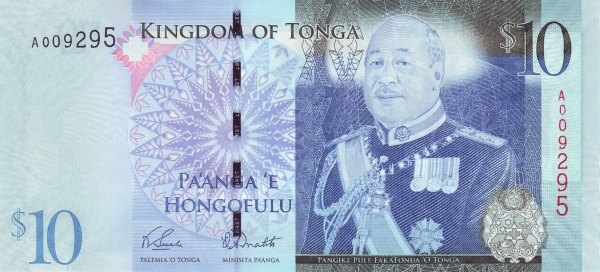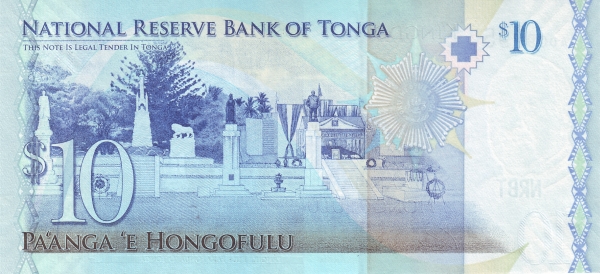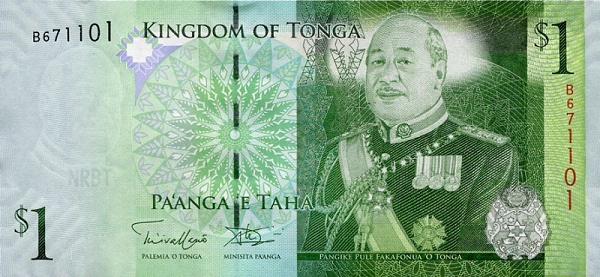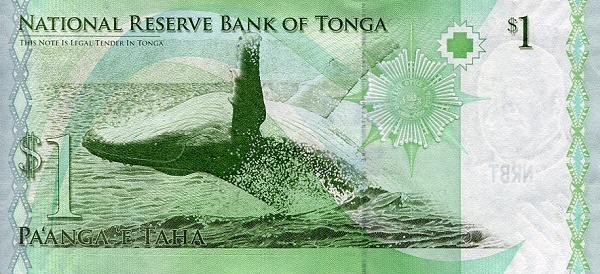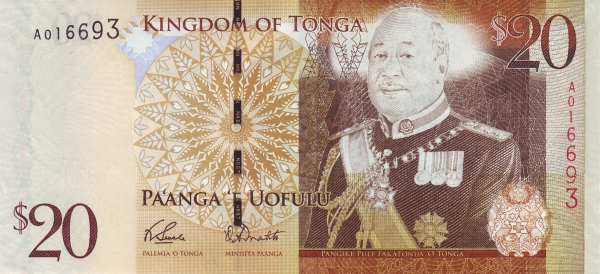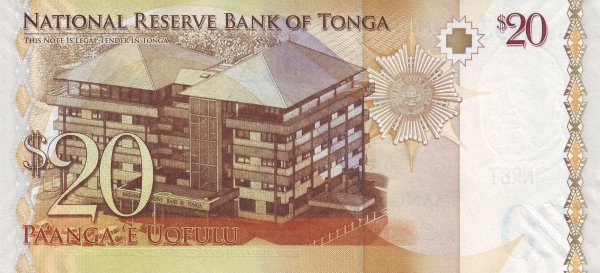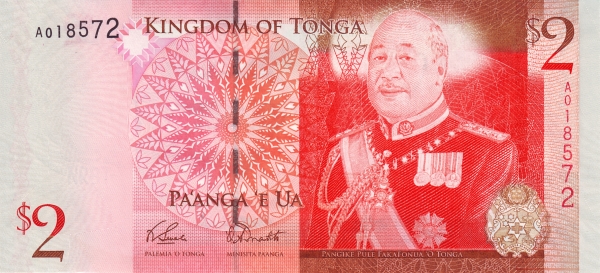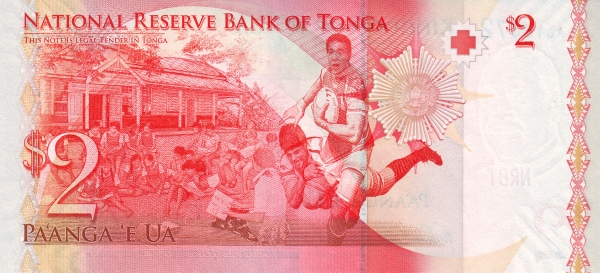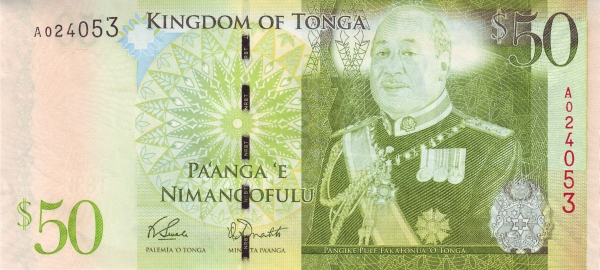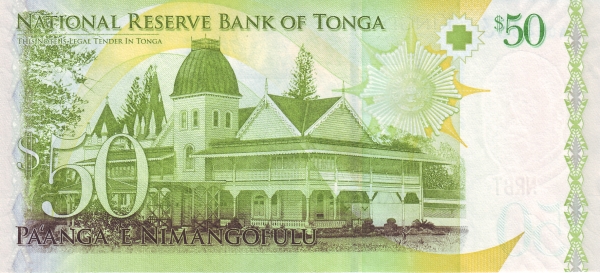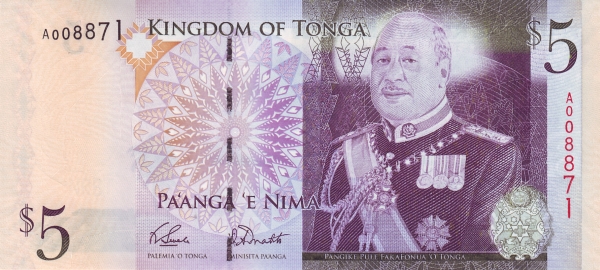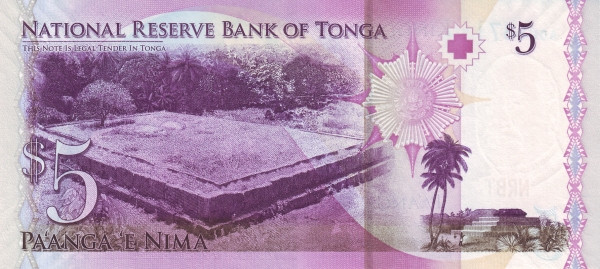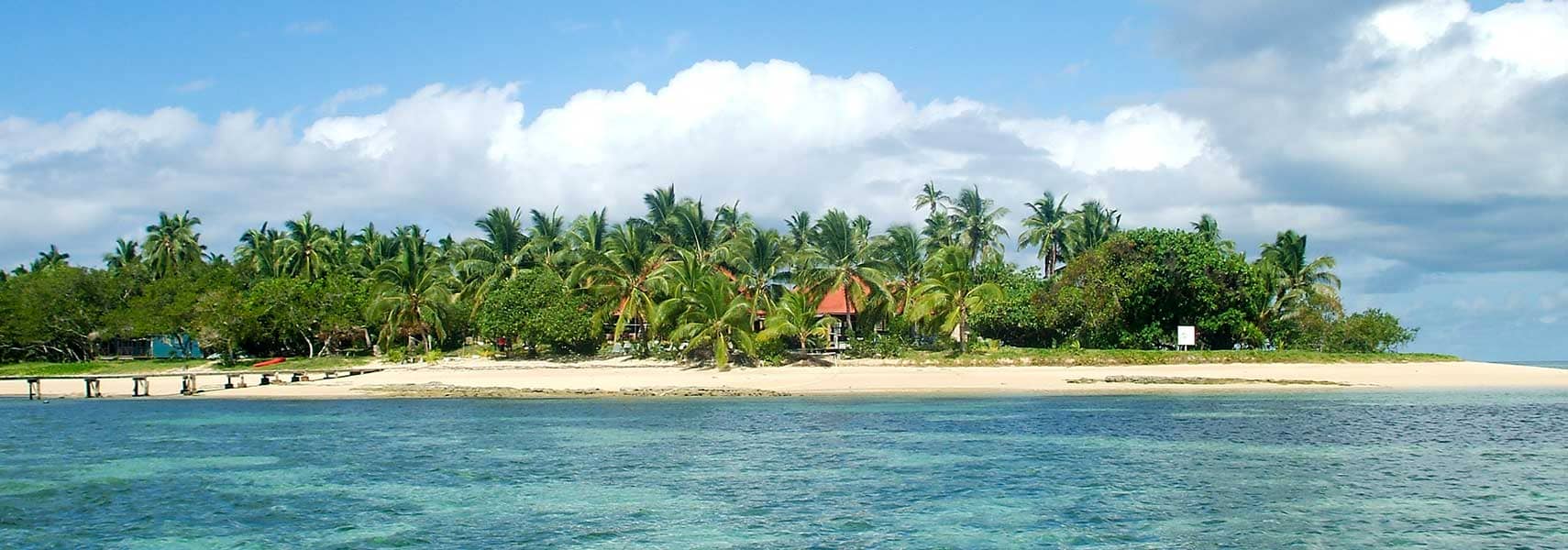Tonga: A Jewel in the South Pacific
Tonga, known affectionately as the Friendly Islands, represents a captivating destination in the vast South Pacific. This enchanting archipelago comprises more than 170 islands, each with its unique charm. Nestled southeast of Fiji and south of Samoa, Tonga stands proudly around 2,000 kilometers northeast of Auckland, NZ, and approximately 3,280 kilometers east of Brisbane, Australia.
The historical significance of Tonga cannot be overstated. A remarkable event occurred in 1845 when the islands united under one chief. It remains impressive, considering that these mostly flat limestone islands are spread over a staggering 700,000 square kilometers (270,000 square miles) of ocean—a vast area comparable to the size of Texas. As the islands struggled to find their identity, Tonga courageously cut its official ties with the UK in 1970, yet it continues to maintain an active role as a member of the Commonwealth.
The Geography and Surface Area of Tonga
Despite its expansive sea territory, Tonga has a relatively modest total surface area of around 750 square kilometers (290 square miles). This measurement is noticeably smaller than one-third of Luxembourg or roughly four times the size of Washington, DC. The archipelago boasts a diverse geography, featuring volcanic formations and low, raised coral islands that surround majestic soaring volcanoes. Particularly important is the climate, which remains subtropical with cooler and less humid conditions compared to many tropical regions. Cyclone season typically spans from November to April, bringing unique challenges.
A Glimpse into Tongatapu
The majority of Tonga's population, approximately 100,000 inhabitants as of 2016, resides on the main island, Tongatapu. Here, the capital city of Nuku'alofa thrives as the political and cultural heart of the nation. The locals commonly speak both Tongan and English, which are the official languages of the country.
The Kingdom of Tonga: A Rich History
A Historical Overview
The rich historical background of Tonga extends beyond its geographical beauty. The islands, known as the Friendly Islands, consist of 176 islands, with 36 being inhabited. Since 1875, Tonga holds the distinction of being the only kingdom in the Pacific. King Taufa'ahau, also known as King George, declared Tonga a constitutional monarchy, marking the country's transition into a structured political entity. This progress also included the introduction of Tonga's first constitution.
After enduring the trials of colonial rule, Tonga achieved its independence from the British protectorate on June 4, 1970, proudly emerging as a sovereign nation. This newfound autonomy allowed Tonga to develop its identity while keeping its traditions intact.
Cultural Landscape and Lifestyle
Almost two-thirds of Tonga's population call Tongatapu home, which showcases a cultural tapestry woven from diverse influences. The friendly and welcoming nature of Tongans often leaves a lasting impression on visitors. Polynesian culture thrives in this region, reflected in vibrant festivals, traditional dances, and the widely practiced religion throughout the islands, where over 98% of the population identifies as Christian. This rich cultural foundation fosters a strong sense of community, making Tonga memorable for anyone fortunate enough to visit.
Languages and Literacy
In addition to Tongan and English, the dominance of Tongan culture echoes in everyday conversations. Literacy rates in Tonga remain impressively high at 98.5%, showcasing the nation’s commitment to education. The emphasis on learning contributes to a well-informed populace, eager to engage with the world while cherishing their roots.
Economy and Trade
As for Tonga's economy, it thrives on exports such as squash, fish, vanilla beans, and root crops. Interestingly, the island nation trades with various partners, including Japan, the US, Fiji, New Zealand, South Korea, Samoa, Australia, and American Samoa, each contributing to its economic viability. The distribution of exports highlights the significance of agriculture and fishing in Tonga's livelihood.
Imports and Economic Partners
On the flip side, Tonga's primary imports include foodstuffs, machinery, transport equipment, fuels, and chemicals. Fiji stands as its largest import partner, accounting for over 37.7% of total imports, closely followed by New Zealand at 21.2%. The collaboration with China, the US, and Australia also plays a pivotal role in supporting Tonga's developmental needs.
The Future of Tonga
As the future unfolds for Tonga, its unique attributes will continue to draw interest from around the globe. Visitors find themselves enchanted by breath-taking landscapes, vibrant culture, and the warm hospitality of the Tongan people. Ultimately, Tonga stands as a testament to resilience, culture, and a rich history that continues to flourish in the heart of the South Pacific.
Summary
In summary, Tonga represents a fascinating blend of history, culture, and natural beauty. From its unique political structure as a constitutional monarchy to its thriving community on Tongatapu, there is much to explore in this Pacific paradise. Whether it's the lush landscapes, rich traditions, or the industrious spirit of its inhabitants, Tonga remains an undeniable gem waiting to be discovered.
Largest cities of: Tonga
| City Name | Population | Year of foundation | |
| Nukualofa | 24,000 | 1781 | |
| Hofoa | 2,000 | circa 1200 | |
| Neiafu | 1,500 | 1789 | |
| Vavaʻu | 1,300 | 1781 | |
| Kanokupolu | 1,000 | 1800 | |
| 'Ohonua | 800 | 1866 |
Tonga: Money
